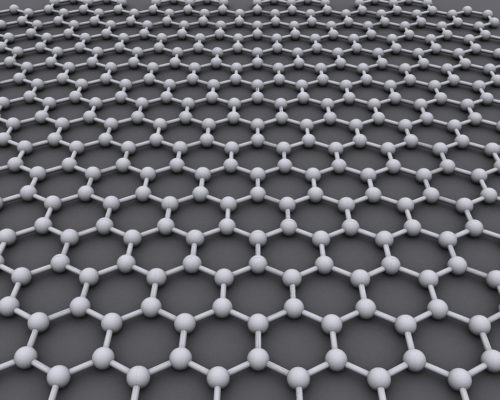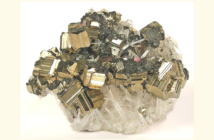
What’s more annoying than forgetting to charge your phone? Waiting for it to charge. But a new battery being tested by Samsung could fully charge your phone in a matter of minutes. The secret? Graphene.
Researchers at the Samsung Advanced Institute of Technology have developed a ball made from graphene, which would charge your smartphone up to five times quicker than current chargers on the market.
At a time when Apple is receiving complaints for under-performing on their latest iPhone, Samsung has invested largely in ads against them. And this could be the greatest edge over their main competitor. The graphene ball batteries would also mean that Samsung’s newest phones would be slimmer because it creates 45 per cent more capacity.
While exciting, breakthroughs in battery technologies often miss the mark because they fail to be practical. Innovative ways of powering devices are welcomed, but it doesn’t mean they’re going to reach the market. Let’s face it: graphene is not cheap. Nonetheless, Samsung maintains that it will find cheaper, less expensive ways using a chemical vapour deposition (CVD) process.
The CVD process in Simpl-er Terms:
CVD is a way of depositing gaseous reactants onto a surface. It combines gas molecules in a reaction chamber to come into contact with the surface. When the gas comes into contact with the intended object, a reaction occurs that leads to a material film on the object’s surface. The benefits of this process are that it leads to high quality.
What is Graphene?
Graphene is a layer of carbon atoms that are arranged in a hexagonal pattern. It is the world’s thinnest material, and is 200 times stronger than steel. It’s also 100 times more effective at heat conduction than copper. The reason that it works so well in facilitating technical properties is because it is a great conductor of heat and it can absorb light well.
Graphene Balls:
They are a 3D structure that created from silicon dioxide.
What Makes This New Battery So Unique?
The batteries that charge most of our devices like Smartphones are lithium-ion. Batteries that are built with the graphene ball are able to withstand stable temperatures at 60 degrees Celsius. This is extremely important for its application in electric vehicles.
Traditional lithium-ion batteries came to mass markets in 1991. They typically require charging times of at least an hour to fully charge. The electronics we know and love can’t seem to withstand long user hours before reaching depletion. They’re also not exactly compact.
When Can We Expect ‘Super Chargers’ to Be On The Market?

Samsung hasn’t specified when users can expect graphene ball technology in their phones. Just don’t expect the next Galaxy to be equipped with these batteries. With any technology breakthrough, costs and application feasibility has to be determined prior to major releases.
Hopefully, Samsung isn’t biting off more than it can chew. For now, if you want to eliminate the inconvenience of recharging times, don’t let your battery drain.



